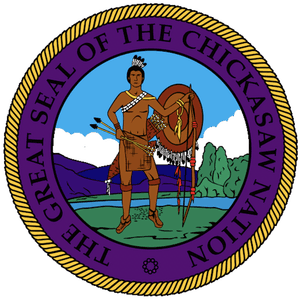
On December 26, 1862, following the U.S.-Dakota War of 1862, the federal government hanged 38 members of the Dakota tribe in Minnesota. It was the largest mass execution in United States history.
Two days after the Dakota surrendered at Camp Release on September 26, 1862, a military commission began trying Dakota men accused of participating in the war. The rapid trials—some no more than five minutes—of 392 prisoners were completed in November. According to the Minnesota Historical Society, 303 men were sentenced to death and 16 received prison terms.
After reviewing the trial transcripts, President Abraham Lincoln provided a list of 39 names of prisoners to be executed. One received a last minute reprieve. On the morning of December 26, 1862, in front of an estimated crowd of 4,000 spectators and on a specially constructed mass-hanging scaffold, the men were executed. They were left dangling from the scaffold for a half hour.
After the execution, it was discovered that two men had been mistakenly hanged. The Minnesota Historical Society reports that “Wicaƞḣpi Wastedaƞpi (We-chank-wash-ta-don-pee), who went by the common name of Caske (meaning first-born son), reportedly stepped forward when the name ‘Caske’ was called, and was then separated for execution from the other prisoners. The other, Wasicuƞ, was a young white man who had been adopted by the Dakota at an early age. Wasicuƞ had been acquitted.”
Sources:
- Minnesota Historical Society, The U.S.-Dakota War of 1862: The Trials and Hanging.
- Isaac V. D. Heard, History of the Sioux War and Massacres of 1862 and 1863, NY: Harper & Bros., 1863.
Native Americans
May 06, 2022

Judge Rules That Arizona Death-Row Prisoner Who Had Been Previously Found Legally Insane Is Competent to Be Executed
Native Americans
Apr 06, 2021


